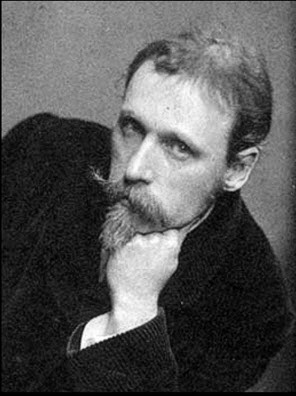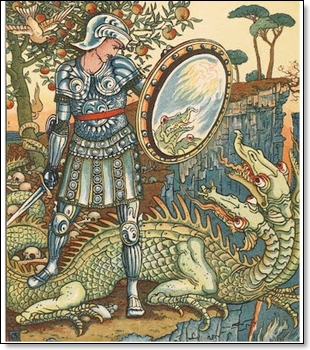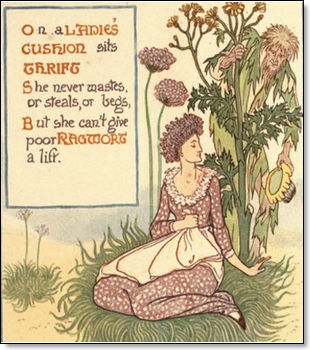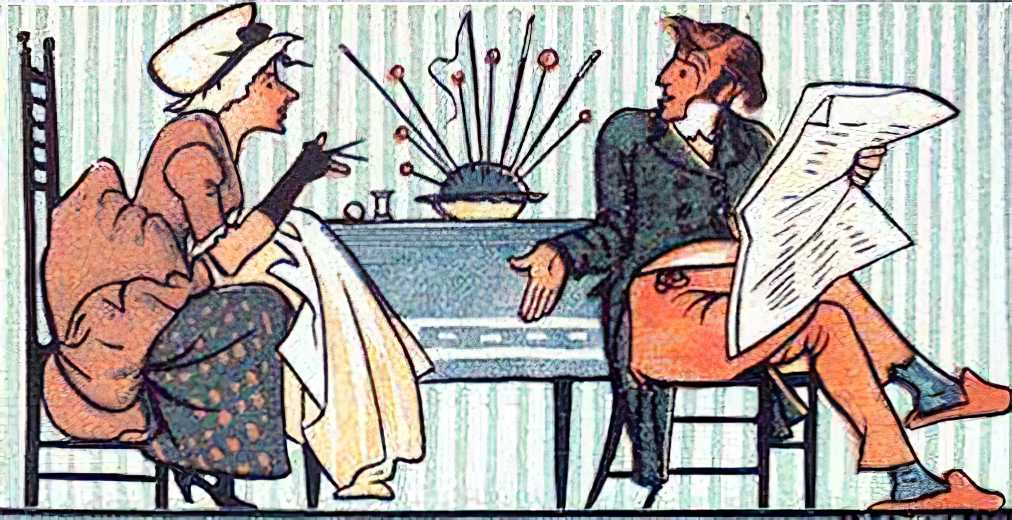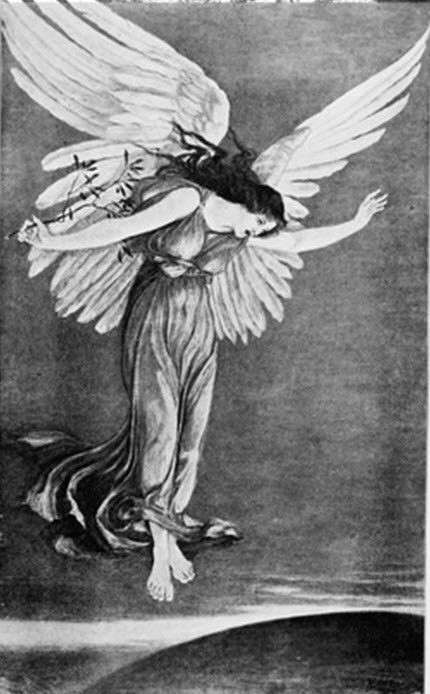Walter Crane is considered one of the pioneers of children's book illustration, known for his vibrant and imaginative illustrations that captivated young readers. He was a significant contributor to the development of the genre, and his work continues to inspire and influence illustrators to this day.
Crane was born in Liverpool in 1845 into a family of artists and writers, and showed an early talent for drawing. He studied at the Manchester School of Art and later the Royal Academy in London, where he was exposed to the work of the Pre-Raphaelites and other influential artists of the time. In the 1860s, he began working as an illustrator for magazines and children's books, and soon gained a reputation for his skillful and imaginative drawings.
Crane's most notable works include the illustrations for "The Baby's Own Aesop" (1887) and "The Frog Prince" (1874), among many others. Although Crane aspired to be a respected portrait painter, he enjoyed his greatest commercial and critical success as a book illustrator, and especially with his elaborate and sophisticated illustrations of children's books. Books illustrated by Crane sold well and he was often a bigger draw for the reading public than the author of the books themselves.
Crane's illustrations were noticeably superior in composition, intricacy and technique to the typical children's book illustrations that were the norm at the start of his career. Crane's style stood out largely due to his use of techniques leaned at the art academy as well as though his study and interest in the Pre-Raphaelite art movement as well as Japanese prints. In other words, Crane brought high art to what had previously been a largely amateurish field, and as a result he elevated the genre and contributed to starting the Golden Age of children's book illustrations during the late Victorian era.
One of Crane's most significant contributions to children's book illustration was his use of color. In an era when most illustrations were black and white or sepia-toned, Crane's vibrant and bold use of color was a revelation. He used a wide range of hues, often in unusual combinations, to create dynamic and engaging illustrations that brought stories to life.
Another notable aspect of Crane's work was his attention to detail. He was a meticulous artist, carefully researching the clothing, architecture, and landscapes of the settings he illustrated to ensure historical accuracy. This commitment to detail helped to create a sense of realism in his illustrations, making them all the more immersive for young readers.
Crane also had a keen sense of storytelling. He used his illustrations not only to depict scenes from the story but also to convey the emotions and personalities of the characters. His characters often had expressive faces and body language that helped to convey their thoughts and feelings, making the stories more engaging and relatable for young readers.
Walter Crane was a pioneer of children's book illustration, whose contributions helped to shape the genre as we know it today. His use of color, attention to detail, and storytelling skills were all groundbreaking, and his influence can still be seen in the work of contemporary illustrators. Through his art, Crane brought joy and wonder to countless young readers, and his legacy continues to inspire generations of artists and readers alike. Sadly, Crane's true ambition as to be recognized as a serious painter. He created several paintings which he exhibited, but these never garnered the popularity of his book illustrations.
